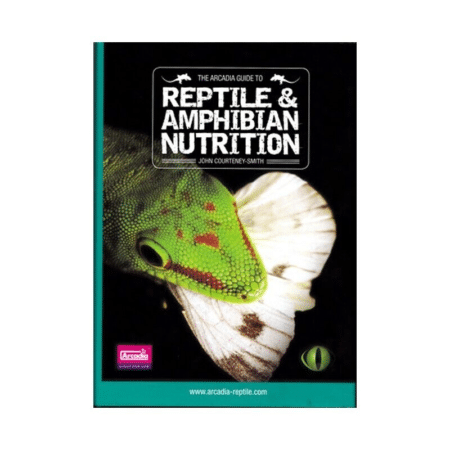6 X Glass Catfish Kryptopterus Vitreolus 5Cm
£50.32
6 X Glass Catfish Kryptopterus Vitreolus 5Cm – Unique and Captivating Catfish for Your Aquarium. Native to Southeast Asia, these transparent Glass Catfish are peaceful and social creatures that thrive in groups. With their graceful movements and visible internal organs, they add a fascinating touch to any tank. Easy to care for and adaptable, they are suitable for beginners and experienced fish keepers alike. Create a captivating aquatic environment with these mesmerizing Glass Catfish.
998 in stock
Attributes:
– Short Description: 6 X Glass Catfish Kryptopterus Vitreolus 5Cm
– Product Categories: Catfish, Fish
Secure Transit:
Our 24-hour courier service ensures your fish arrive safely with poly boxes and heat packs during colder months.
Shipping Convenience:
Combine multiple items in one order to streamline shipping.
Dead on Arrival (DOA) Policy:
Should any fish arrive deceased, promptly inform us with photographic evidence, and we will refund you or send you a replacement.
Product Description:
The 6 X Glass Catfish Kryptopterus Vitreolus 5Cm is a unique and fascinating addition to any aquarium. With its transparent body and graceful movements, this catfish species is sure to captivate fish enthusiasts.
Scientific and Common Names:
The scientific name for this species is Kryptopterus Vitreolus, commonly known as Glass Catfish.
Habitat:
Glass Catfish are native to Southeast Asia, specifically found in rivers and streams with slow-moving or stagnant water. They prefer areas with dense vegetation and submerged tree roots.
Tank Setup:
To provide a suitable habitat for Glass Catfish, a well-maintained aquarium with a minimum capacity of 20 gallons is recommended. The tank should have plenty of hiding spots, such as caves or plants, to mimic their natural environment. A sandy substrate and gentle water flow are also beneficial.
Diet and Nutrition:
Glass Catfish are omnivorous and primarily feed on small invertebrates, insects, and plant matter in the wild. In captivity, they can be fed a varied diet consisting of high-quality flake or pellet food, supplemented with frozen or live foods such as bloodworms, brine shrimp, and daphnia.
Size and Growth Rate:
At a size of 5cm, the Glass Catfish is still in its juvenile stage. As they mature, they can reach a maximum size of around 10cm. The growth rate of Glass Catfish is moderate, and they can take several months to reach their full size.
Behavioral Traits:
Glass Catfish are peaceful and social creatures that prefer to live in groups of at least six individuals. They are known for their unique transparent bodies, which allow their internal organs to be visible. They are primarily nocturnal and will become more active during the evening hours.
Care Level:
Glass Catfish are relatively easy to care for, making them suitable for both beginner and experienced fish keepers. They are hardy and adaptable to a wide range of water conditions.
Breeding and Reproduction:
Breeding Glass Catfish in captivity can be challenging. They are egg scatterers, and the eggs are adhesive, attaching to plants or other surfaces. A separate breeding tank with appropriate water conditions and plenty of hiding spots is necessary for successful breeding.
Health and Disease Prevention:
Maintaining good water quality is crucial for the health of Glass Catfish. Regular water changes, proper filtration, and monitoring ammonia, nitrite, and nitrate levels are essential. Quarantining new fish before introducing them to the main tank can help prevent the spread of diseases.
Optimal Water Conditions:
Glass Catfish prefer slightly acidic to neutral water with a pH range of 6.5 to 7.5. The temperature should be maintained between 75°F to 80°F (24°C to 27°C). They are sensitive to poor water quality, so regular testing and maintenance are necessary.
Lifespan:
With proper care, Glass Catfish can live for up to 5 years in captivity. Providing a suitable environment, a balanced diet, and regular monitoring of water conditions will contribute to their longevity.
Additional Interesting Facts:
– Glass Catfish are known for their ability to produce a high-pitched sound by rubbing their pectoral spines together.
– They have a unique adaptation called a swim bladder, which allows them to control their buoyancy and hover in the water column.
– Glass Catfish are peaceful and can be kept with other non-aggressive fish species.
– They are excellent community fish and can be housed with other small, peaceful species like tetras, rasboras, and dwarf cichlids.












Reviews
There are no reviews yet.